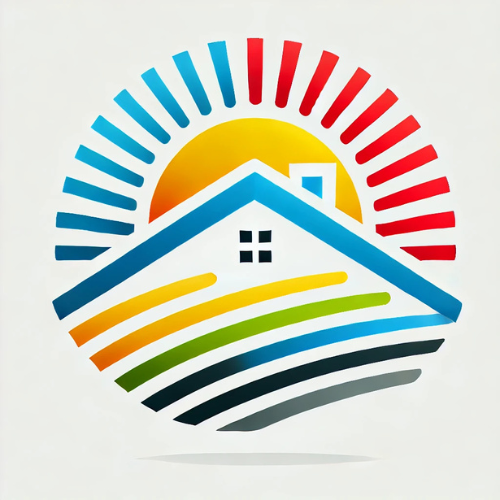
Exploring the Overlap House: A Space Beyond Walls
The Overlap House designed by Office Sugurufukuda in Japan is a bold architectural statement that challenges traditional concepts of space. With its unique approach to design, this innovative residential building features an engaging layout that flows seamlessly without rigid walls, inviting inhabitants to experience a blend of living and working spaces.
Redefining Spaces: The Vision Behind the Design
Architect Suguru Fukuda emphasizes fluidity and connectivity in the 74 m² space, creating environments that foster interaction rather than isolation. This approach is not merely aesthetic; it encapsulates a philosophy of living. Walls do not delineate functions here; instead, differing sections merge and overlap, showcasing architectural ingenuity that promotes exploration and flexibility. The design invites one to question the purpose of each area, as rooms shift and adapt through their interconnectedness.
The Unique Architectural Plan and Its Implications
The house's layout divides the space evenly into four distinct sections that may give an initial impression of uniformity. However, the strategic placement of openings and the connections between these areas create a layered experience. No complete view exists from any one point, transforming everyday activities into a journey through discovery.
Tips for Embracing Overlapping Spaces in Your Home
For homeowners looking to evoke a sense of openness similar to that of the Overlap House, consider these practical insights:
Use Open Shelving: Rather than enclosing spaces with cabinets, opt for open shelving units that maintain sight lines and encourage a sense of continuity.
Strategic Lighting: Layering ambient, task, and accent lighting enhances the dimensionality of a space and encourages flow without cluttering with obtrusive features.
Color Gradients: Soft transitions between colors in different rooms can visually tie various areas together, conveying a cohesive design language.
A Glance Into the Future of Residential Architecture
The Overlap House stands as an inspiration for future residential designs, showcasing a trend towards more organic forms of living where space is treated as a canvas for interaction rather than mere functionality. As we step into an era that values flexibility and creativity, designs like Fukuda’s may pave the way for the future. They invite us to rethink our environments, enabling organic interactions and fostering community within architectural spaces.
Final Thoughts: The Beauty of Fluid Architecture
This house exemplifies how architecture can embody the fluidity of modern life, creating spaces that are adaptable and inviting rather than confining. By interweaving function and aesthetic through overlapping spaces, the Overlap House redefines how we perceive boundaries within our living and working environments.
 Add Row
Add Row  Add
Add 




Write A Comment